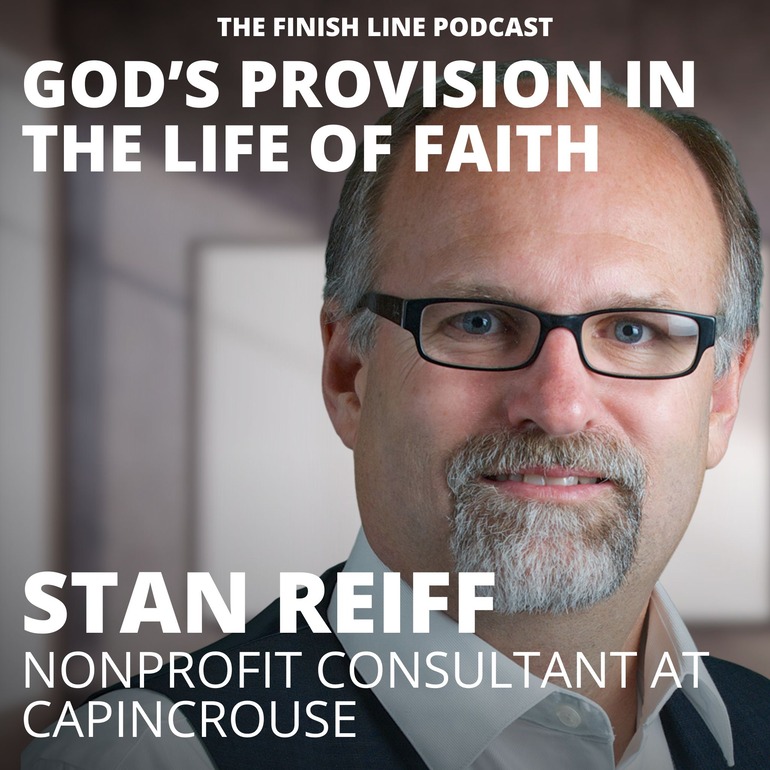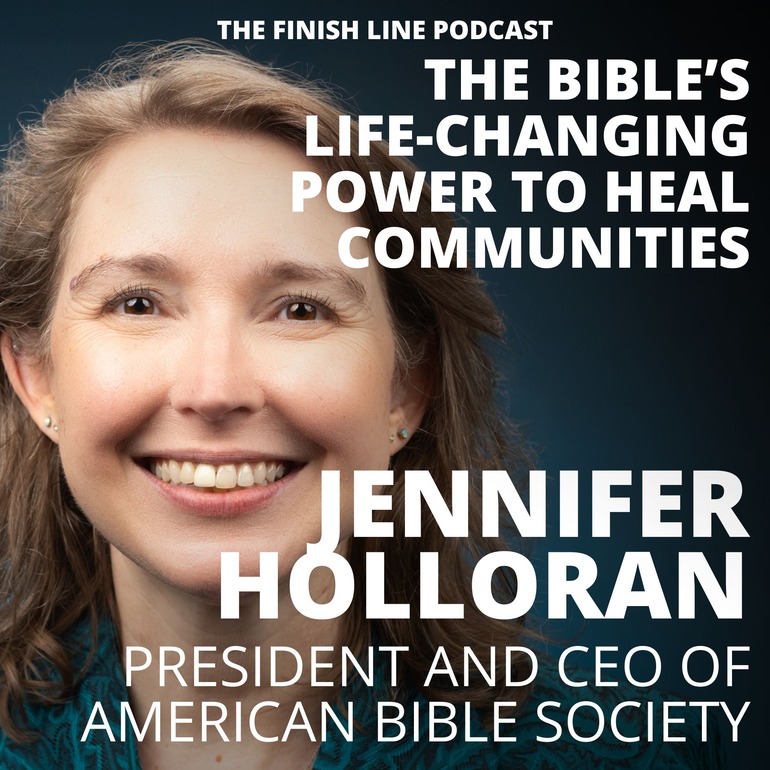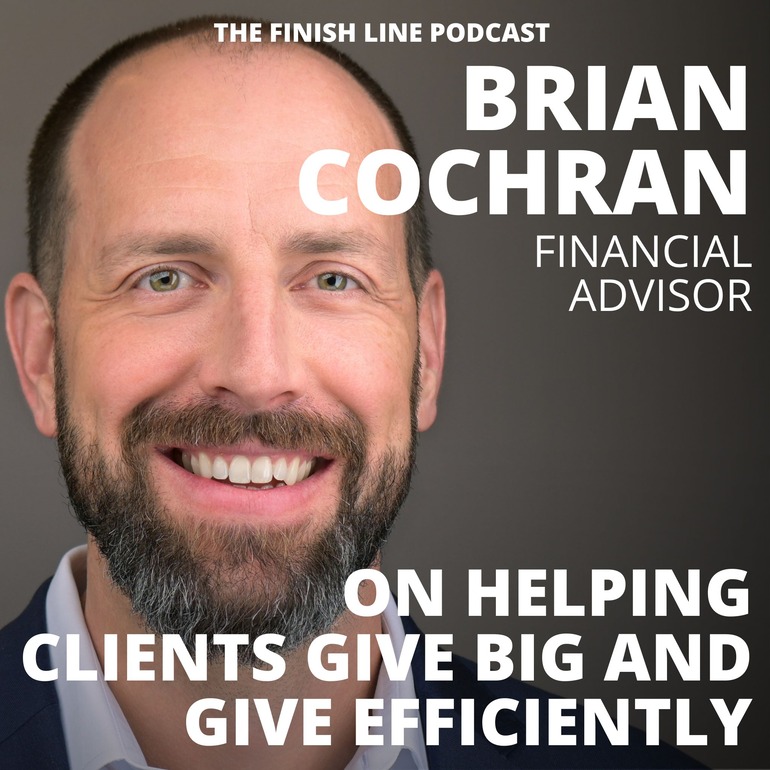This post is one of a growing series of posts on how percentile living drastically changed our incentives, goals, and views on many aspects of everyday life. You can find some of our other posts below:
Almost by definition, our concept of personal spending was changed when we committed to a percentile. The factors that played into each purchase decision quickly shifted as our incentives were realigned. Three specific benefits stand out:
- A clearer vision of what purchases bring us the most joy
- Finding satisfaction in simple purchases
- Having the freedom to spend without guilt
But before we get there, we need to break down the spending structure for someone living at a percentile.
The Old Model
In normal life for just about everyone, income fluctuates from time to time. You might get a large tax return. You might get a large bonus or raise. Perhaps a great aunt that you never knew leaves you a set of original shares of Disney stock from 1941. Whatever it is, the point is the same.
For the vast majority of people, the decision of what to do next generally falls into a few categories:
- Spend it now on something you want
- Pay off debt or other expenses
- Save or invest it for future needs
Regardless of which of these options we take, we tell ourselves the same thing: “This money will make my life better.”
The Pie Model
Things are a little different once we’ve committed to living at a specific standard of living. These surprise sources of income now give us an increased capacity to give. Meanwhile, our spending remains steady and predictable. It doesn’t take long to realize that regardless of what happens on the income front, all of our expenses come out of the same pot.
I like to picture our expenses as a pie. We can cut up the slices however we want, but in the end there is only one pie. If we want to put 50% of our pie towards a hefty mortgage, we can do that. But that is money that’s not being used for something else we want or need. If I can’t live without my Starbucks on the way to work each morning, there is room for that. But that means another slice is a little bit smaller.
The size of the pie is defined only by the percentile we chose when we make our commitment. It has nothing to do with how much income comes in. In the personal finance world, this concept goes by another name: budgeting. The main difference has to do with the size of the pie.
In traditional budgeting, the pie is determined by our income. We determine how much we expect to come in each month and fit all of our bills, expenses, savings, and investing into that total. When we commit to a percentile, we create a whole new pie. And our expenses, savings, and investing now come out of that pie instead.
Clarifying What Brings Us Joy
By creating a new pie, our purchases became more thoughtful and intentional by necessity. Alison and I frequently reference a phrase that has helped put things into perspective for us: We can have anything we want, but we can’t have everything we want.
When evaluating a purchase, the question used to be complicated. “Is this product or service worth this amount of money to me?” While it might seem simple, it’s not! How do I really convert how much I want or need something into dollars? Go ahead, try it yourself. Pick a random object in your home and try to figure out the exact cutoff between what you would be willing to pay for it and when it would become too expensive.
In the pie model, any dollar spent on one thing is a dollar not spent on something else. Instead of translating a purchase into dollars, the decision becomes a comparison of the various things I could spend that dollar on. For example, rather than decide if I want to keep my gym membership that I rarely use, I have to decide if there is something else I could better put that $30 or $50 towards.
You might be saying to yourself, “Isn’t that true outside of the percentile system too?” Well, not exactly. What actually happens is we factor income into the equation. Rather than trade one purchase for another, we tell ourselves things like this:
- I know I’m expecting that raise (or refund, or bonus, etc) next month, so this purchase should be fine.
- Things seem tight right now, maybe I need to take on more hours (or change jobs, or get a side gig, etc).
- I’ll work out the details later, but I need this right now.
The fact is, we are always reasoning with ourselves why we are justified in making a purchase. But when there is only one pie, all of that reasoning goes out the window. Finally, we are forced to make a real decision!
When we began percentile living, we found that rather than feeling deprived, we naturally distilled our purchases down to the things that bring us the most joy – the way God intended it to be. We no longer buy things that we don’t really care about, just because we can. It just doesn’t make sense any more.
And the things that bring us joy might be (and almost certainly are) quite different than the things that bring someone else joy. We save all year to bring our kids to Disney World each year – something that many wouldn’t even consider. And we do it within the percentile system. On the other hand, we rarely go out to eat at expensive restaurants, I can’t remember the last time I bought lunch at work, and I bike for transportation when I can. There will always be tradeoffs, but when it comes down to it, there are really just a few things that bring you that maximal joy. The rest is just filler.
Satisfaction in Simple Purchases
In a related manner, we found that limiting our spending gave us a new joy in some of the simpler purchases we make. Think back to one of the earliest times in your financial life. That might be in college, or during your first job, or maybe when you were first married. Remember how exciting it was to buy even the basic necessities? I remember something even as simple as a new $9 silicone spatula that wouldn’t melt on pans felt like a huge win.
Over time, those kinds of wins start to fade. We don’t even think about them anymore. If something costs $30 or less, we don’t even think twice about purchasing it. Then that becomes $50, then $100. Before long, the only purchases that get us excited again are the big ones: a new laptop or phone, a home remodel, a new car. Everything else is just part of the routine, on the level of groceries or paper towels.
The apostle Paul talks about some of that gradual but persistent climb in his letter to Timothy:
But godliness with contentment is great gain, for we brought nothing into the world, and we cannot take anything out of the world. But if we have food and clothing, with these we will be content. But those who desire to be rich fall into temptation, into a snare, into many senseless and harmful desires that plunge people into ruin and destruction. For the love of money is a root of all kinds of evils. It is through this craving that some have wandered away from the faith and pierced themselves with many pangs.
1 Timothy 6:6-10
When left unchecked, our heart will continue to crave more indefinitely. There will always be a new level required to bring us that same excitement. As Paul says, the escalator is a “snare” capable of “plung[ing] people into ruin and destruction.” Percentile living gave us a way out, a way to be content in the things that we have and in the simple purchases that we make.
Freedom to Spend Without Guilt
Best of all, we now have the freedom to spend without guilt. By choosing to set a limit to our lifestyle inflation, we have already made all the hard decisions up front. As a result any additional spending is guilt free.
Normally, our giving and our personal expenses are blended together and are in direct conflict. Any giving directly impacts our spending and any spending directly affects our giving. With a percentile lifestyle, we are no longer pitting our wants and needs against God’s desires. The wealth going to God’s kingdom and purposes is already taken care of. And we can spend what we have set aside for ourselves without guilt that we could be using it for more worthy purposes.
A Final Word
There are many changes that take place in our hearts when we commit to a percentile, and our spending is just one of them. To see how else we’ve been impacted, try some of the following posts:








0 Comments